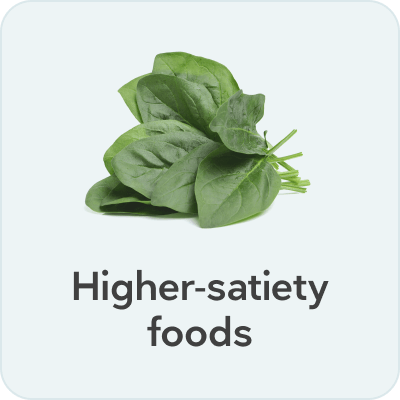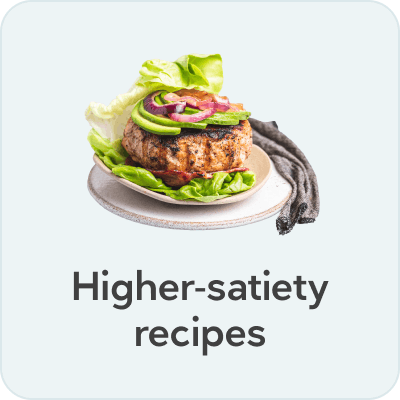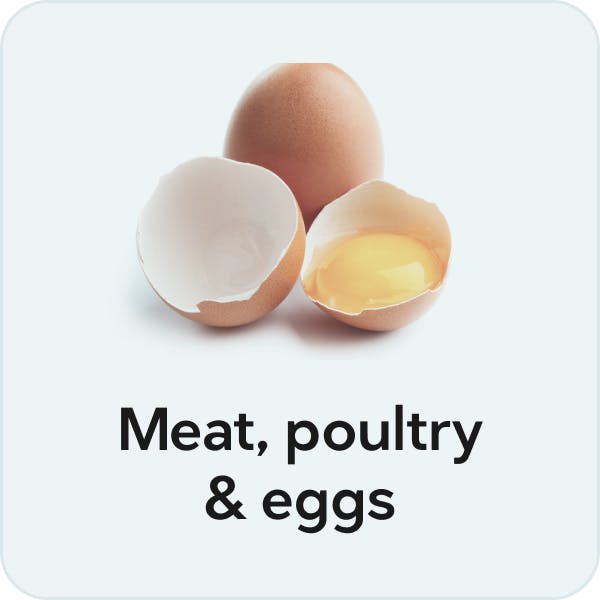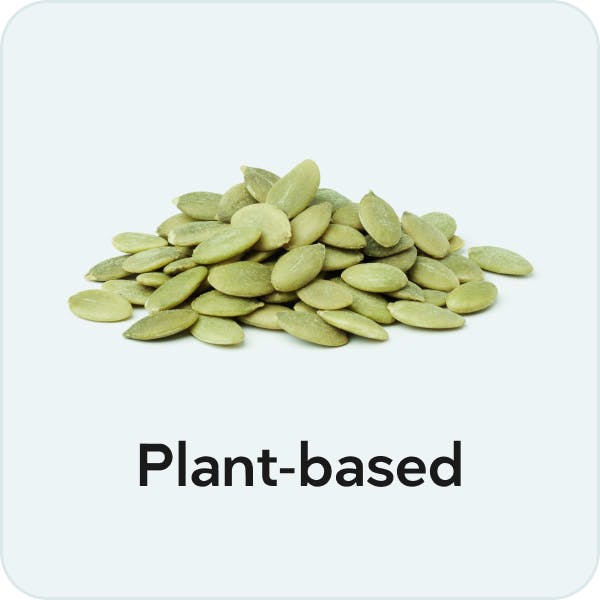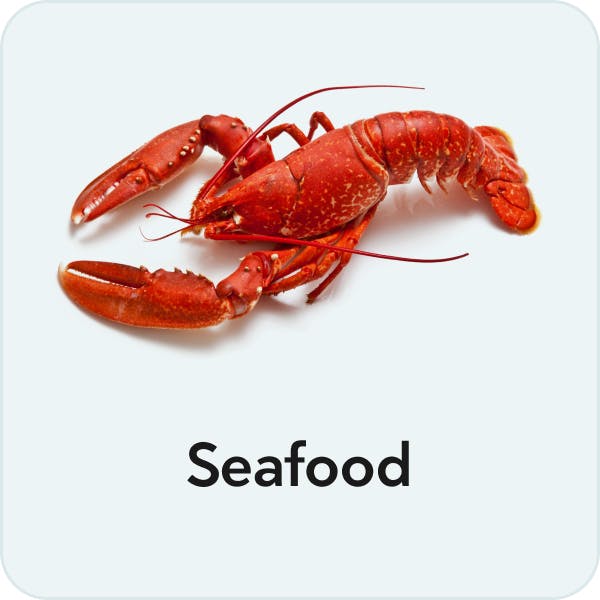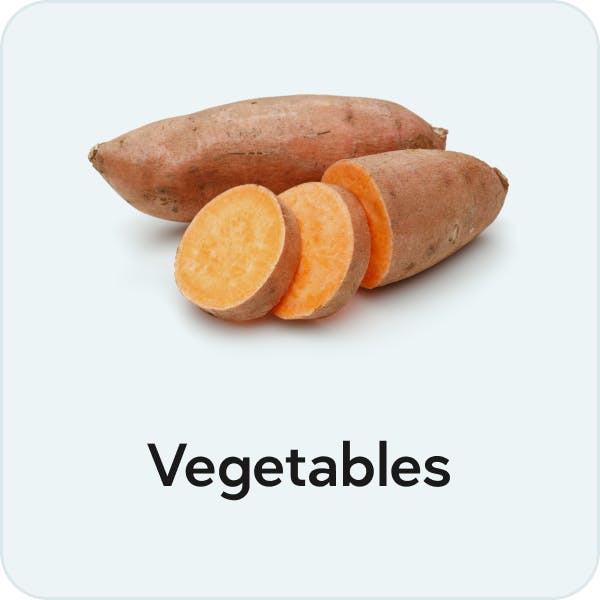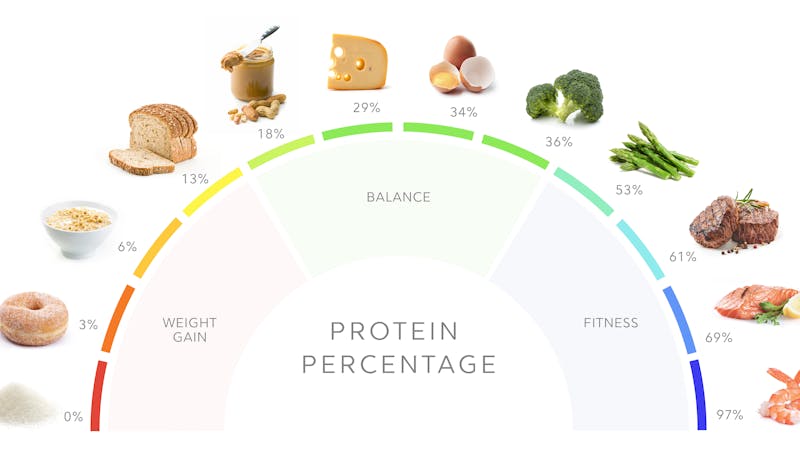17 tasty high-satiety snacks
Key takeaways
What are high-satiety foods? Foods that help you feel fuller and more satisfied with fewer calories are considered high-satiety foods. Learn moreIs eating snacks a good idea? Having a high-satiety snack can be helpful at times, but it’s often not necessary. Learn more
What are the best high-satiety snacks? Greek yogurt, zero-sugar jerky, edamame, and many other foods are excellent snack options. Learn more
Evidence based
17 tasty high-satiety snacks – the evidence
This guide is written by Franziska Spritzler, RD and was last updated on June 19, 2025. It was medically reviewed by Dr. Bret Scher, MD on October 27, 2021.
The guide contains scientific references. You can find these in the notes throughout the text, and click the links to read the peer-reviewed scientific papers. When appropriate we include a grading of the strength of the evidence, with a link to our policy on this. Our evidence-based guides are updated at least once per year to reflect and reference the latest science on the topic.
All our evidence-based health guides are written or reviewed by medical doctors who are experts on the topic. To stay unbiased we show no ads, sell no physical products, and take no money from the industry. We’re fully funded by the people, via an optional membership. Most information at Diet Doctor is free forever.
Read more about our policies and work with evidence-based guides, nutritional controversies, our editorial team, and our medical review board.
Should you find any inaccuracy in this guide, please email andreas@dietdoctor.com.
The best snacks help curb hunger, provide protein and other essential nutrients, and fit your dietary preferences and lifestyle.
But snacking isn’t always a smart move, especially if you aren’t hungry, because it can add extra calories that your body doesn’t need.
What if you are hungry? Then what you snack on matters — a lot. We recommend high-satiety snacks; they’ll help you get the most out of your between-meal consumption.
In this guide, we’ll discuss what to focus on when choosing a snack. Plus, we’ll share our picks for the best high-satiety snacks to reach for if hunger strikes between meals.
What are high-satiety foods?
High-satiety foods can help you feel full and satisfied, so you naturally consume fewer calories.
As part of our higher-satiety eating approach, we assign all foods a satiety score from 0 to 100. The score is calculated using four factors related to satiety:
- Protein percentage: the percentage of a food’s calories that come from protein rather than fat and carbs. Protein is an essential nutrient that reduces hunger and helps you feel full. For this reason, protein percentage is given the most weight when calculating the satiety score.
- Energy density: the calories (or energy) in a specific weight of food, such as 100 grams (3.5 ounces). Studies show that eating less-dense foods leads to eating less.
- Fiber: the non-digestible portion of carbs that can stretch your stomach and help you feel full.
- Hedonic factor: a score reduction for decadent foods that can drive overeating.


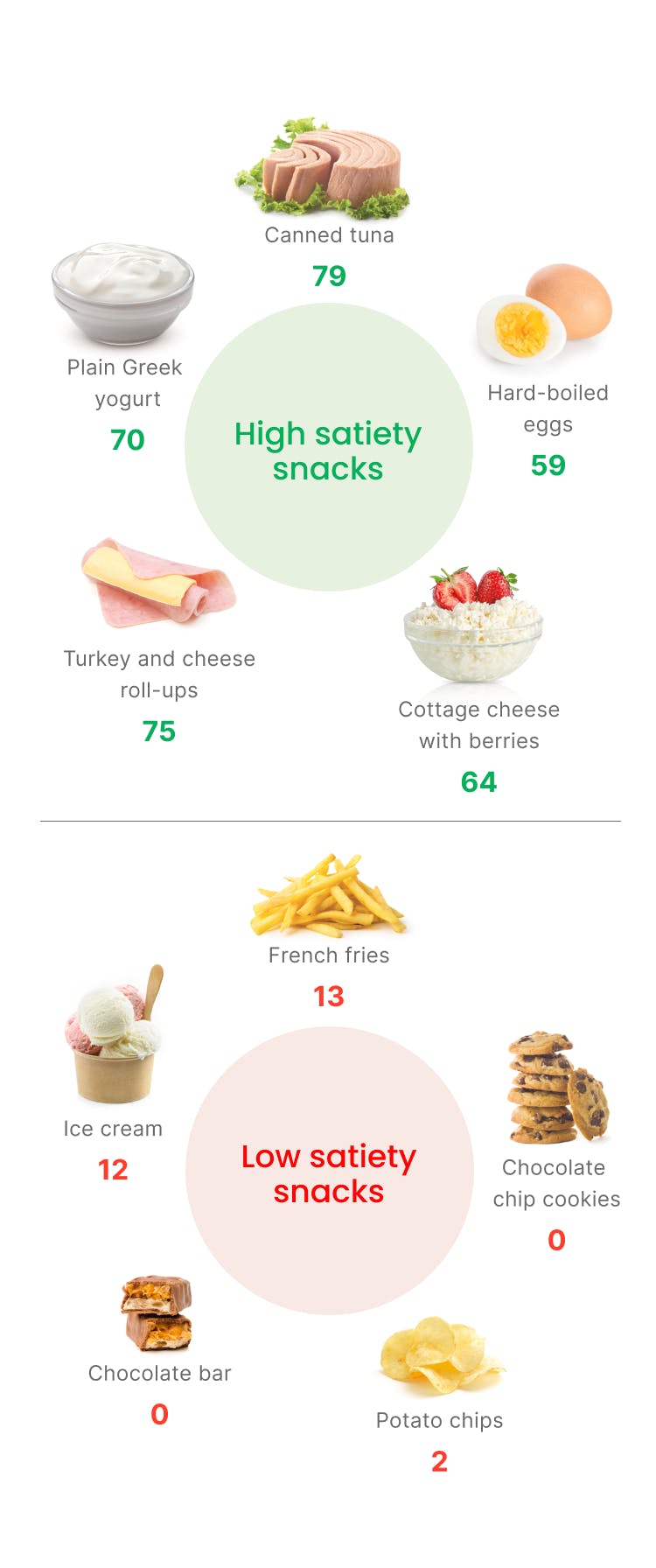

What’s a “good” satiety score? Any food that scores over 60 is considered a high-satiety food. It’s fine to aim for an average satiety score of 50 or above at meals. However, try to choose snacks with satiety scores of at least 60 to suppress hunger between meals without adding a lot of calories.
Want to delve deeper into the world of satiety? Head over to our sister brand Hava to explore the free version of the satiety calculator.
More high-satiety guides:
Should you eat high-satiety snacks?
Research on how snacking affects weight loss is mixed. Some studies have found that eating less often is better, while others suggest that high protein snacks can be beneficial.
Eating a healthy snack can be a smart move if you get hungry between meals — especially if your last meal was low in protein, calories, or both. Depending on your diet and how active you are, you may even get hungry between meals with adequate protein and calories. A high-satiety snack can help keep you on track and prevent you from making less-healthy food choices or overeating at your next meal.
However, sometimes we snack for reasons other than hunger, such as habit. If you’re used to having a snack at a certain time every day, you may reach for it even though you’re not truly hungry. Other common reasons for non-hunger-related snacking include boredom, stress, and the wide availability of tempting snack foods.
What’s the bottom line? While snacking can be helpful under certain circumstances, it isn’t necessary. If you’re not hungry between meals, don’t snack.
It’s also important to choose snacks that fit your diet, whether that’s low carb, keto, high protein, vegetarian, vegan, Mediterranean, or any combination of these approaches.
Finally, the best snacks will fit into your lifestyle. You might be able to take out a chilled snack from your fridge at home or heat up something in the microwave at work. But If you don’t have time to prepare snacks or won’t have access to refrigeration or appliances, you’ll need shelf-stable, grab-and-go options.
No matter what your preferences and needs are, we’ve got you covered with plenty of snacks in the next section!
17 tasty high-satiety snacks
All of our high-satiety snack suggestions provide at least 12 grams of protein and between 100 and 200 calories.
If you need a snack, choose any of the high-satiety options below, based on your food preferences, the type of diet you eat, and how convenient it is for you. We’ve listed them in alphabetical order because they’re all excellent options.
1. Beef jerky, zero-sugar
Pros: carb-free, high in protein, no preparation or refrigeration required
Cons: not for vegan and vegetarian diets
Beef jerky and dried meat sticks are great portable snacks. Although many brands are made with sugar, you can also find sugar-free, zero-carb versions in grocery stores and online. Choose beef jerky and meat sticks that provide at least 12 grams of protein per serving.
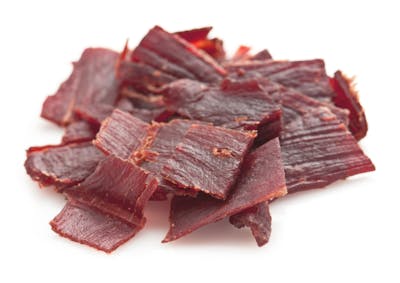

88
20 grams
100
0 grams
2. Black beans with salsa
Pros: high in fiber, no refrigeration needed, minimal preparation needed
Cons: too high in net carbs for most low carb diets; may not agree with people who have irritable bowel syndrome (IBS)
Beans and legumes provide protein and fiber that can help you feel full.If your eating plan allows more carbs, try black beans and salsa for a high-fiber, plant-based snack with a bit of heat.
It’s a snap to prepare: Simply take 3/4 cup of (rinsed and drained) canned black beans and mix with 2 tablespoons of your favorite salsa.


93
12 grams
103
11 grams
19 grams
3. Cheese with cucumber slices
Pros: low in net carbs, minimal prep time
Cons: requires refrigeration
Cheese and sliced cucumber is a great combo that can help tide you over to your next meal.
However, cheese is a food that can be tough to stop eating because it’s so tasty. So cut a slice for your snack and put the rest away to avoid going overboard.
Below, we’ve paired part-skim mozzarella cheese with cucumber to get a satiety score of 76. Use full-fat mozzarella if you prefer, for a satiety score of 62.
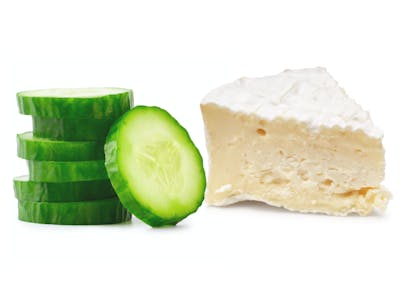

74
14 grams
150
0.3 grams
3 grams
4. Cottage cheese with berries
Pros: high in fiber, minimal preparation needed
Cons: requires refrigeration
Tangy cottage cheese commonly comes in nonfat (0%), low fat (2%), and full fat (4%) versions. Since all types are protein-rich and have high satiety scores, you can’t go wrong, no matter which one you choose.
While cottage cheese is good on its own, we also like to combine it with berries for a bit of sweetness and fiber.
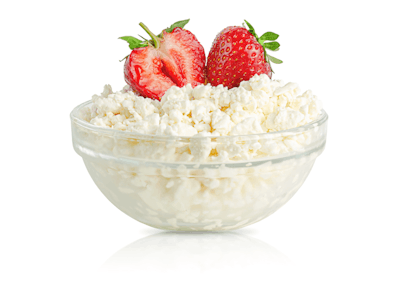

64
14 grams
103
4 grams
9 grams
5. Edamame, dry-roasted
Pros: low in net carbs, high in fiber, no preparation or refrigeration needed
Cons: higher energy density than other snacks on this list
Edamame is another name for green soybeans. Unlike most plant proteins, soy is a complete protein source because it provides all nine essential amino acids in the amounts your body needs. In addition, some studies suggest that eating soy may help people lose weight.
During dry roasting, edamame loses a lot of its water. The result is a crunchy snack that’s more concentrated in protein than steamed edamame.
Dry-roasted edamame is usually seasoned with sea salt. If you prefer it spicy, go for a wasabi-flavored version.
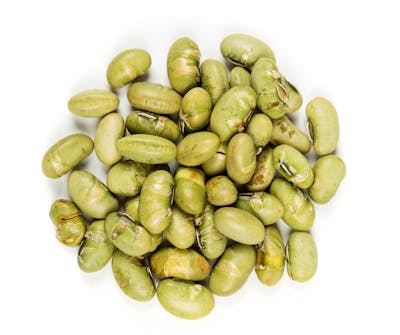

88
14 grams
135
5 grams
3 grams
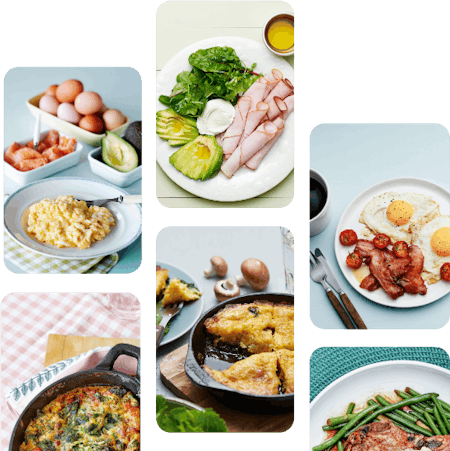
6. Eggs, hard-boiled
Pros:low in net carbs, no preparation or refrigeration needed
Cons: must be cooked in advance
Eggs are versatile, inexpensive, and packed with protein and other essential nutrients. In studies, eating eggs has been found to help people feel full and satisfied.
Hard-boiled eggs make a great snack to eat at home or on the go. Boil them ahead of time and grab a couple when you need them. Just sprinkle with salt and pepper, and dig in.
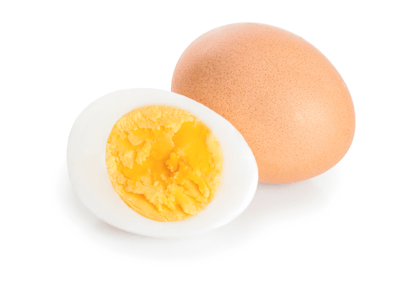

59
12 grams
140
1 gram
7. Greek full fat yogurt, plain
Pros: low in net carbs, no preparation needed
Cons: requires refrigeration
Creamy Greek yogurt is an excellent source of protein, calcium, and other minerals. Plus, it’s lower in carbs than most other yogurts. Some studies suggest that eating more dairy foods may boost weight loss.
Should you choose nonfat, low fat, or full fat Greek yogurt? Although you’ll end up with a slightly higher-scoring snack if you opt for nonfat (89) or low fat (85) Greek yogurt, the full fat version still boasts a great score of 74. So go for full fat if you prefer the taste, especially if you eat a low carb or keto diet.
Enjoy Greek yogurt alone or mixed with a bit of cinnamon, vanilla, and optional sweetener, if you like.
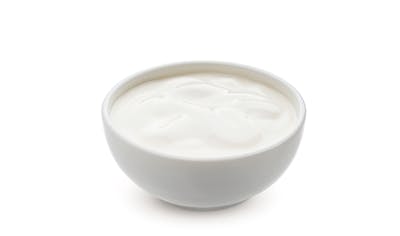

70
14 grams
140
5 grams

8. Greek nonfat yogurt (plain) with chopped apple
Pros: very low energy density, provides some fiber
Cons: too high in carbs for keto and very low carb diets; requires preparation and refrigeration
As described above, plain Greek yogurt is a great snack that can help keep hunger at bay until your next meal. Try pairing nonfat yogurt with chopped apple for a sweeter snack with an impressive satiety score. Feel free to substitute berries or chopped summer fruits like peaches, apricots, or plums in place of apple.
Although Greek yogurt with fruit is too high in carbs for keto and very low carb diets, it can work well with most other dietary approaches.
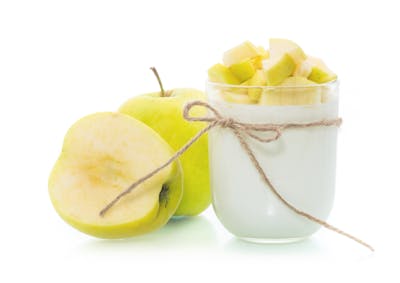

93
13 grams
110
2.5 grams
15 grams
9. Ham and asparagus spears
Pros: very low carb, high protein, minimal preparation required
Cons: refrigeration required; not for vegan and vegetarian diets
While processed meats are generally lower in protein and higher in fat than fresh meat and poultry, ham is a solid high-satiety option because it’s relatively lean. Combine it with a high fiber, low carb vegetable like asparagus for an easy snack that ranks high on the satiety scale. Simply wrap slices of ham around asparagus spears and secure with a toothpick, if desired.
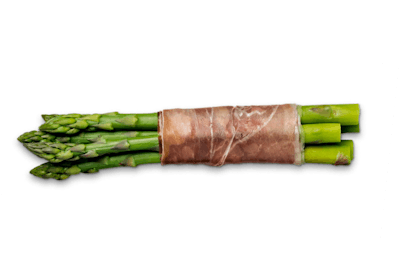

90
20 grams
130
1 gram
1 gram
10. High protein berry ice cream
Pros: high in protein and fiber
Cons: requires access to a refrigerator, freezer, and blender
Interested in a frosty, high protein treat you can make in about a minute? Then try this sweetener-free ice cream with an incredibly high satiety score. In a blender, combine unflavored whey protein powder with frozen raspberries, blackberries, or strawberries (or any combination) and a small amount of milk. Process until combined. Enjoy!
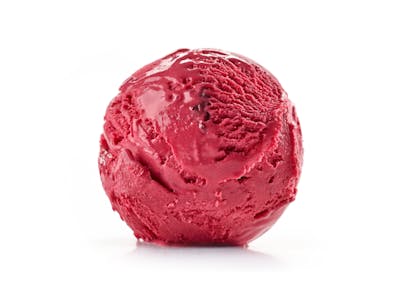

96
18 grams
100
2 to 5 grams (depending on the berries used)
7 grams
11. Lupini beans
Pros: lower in net carbs than other beans, no preparation or refrigeration needed
Cons: may not agree with people who have irritable bowel syndrome (IBS);
not widely available in all areas
Italian lupini beans are similar to chickpeas (garbanzo beans) in taste and texture, but they’re shaped more like lima beans. Like all beans, lupini beans (lupins) provide protein and fiber. However, because lupins are also low in net carbs, they’re a good snack for almost any diet.
They’re usually pickled in brine, which gives them a salty, tangy taste. Lupini beans come ready to eat in jars and convenient snack pouches.
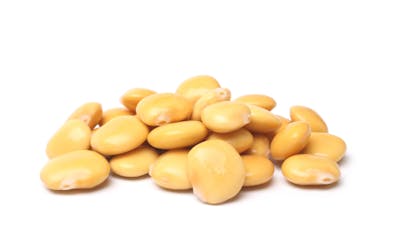

93
16 grams
120
3 grams
6 grams
12. Popcorn with nutritional yeast
Pros: high in protein, high in fiber, no refrigeration needed
Cons: too high in net carbs for most low carb diets, requires equipment to prepare
While air-popped popcorn has a crunchy texture and is fun to eat, it lacks protein, nutrients, and flavor. However, sprinkling popcorn with nutritional yeast nearly doubles its satiety score by boosting its protein content. Plus, it improves the taste, especially if you add a bit of salt, too. Can’t imagine popcorn without butter? Drizzling a couple of teaspoons of melted butter over your popcorn-yeast combo will lower its satiety score to 67 — which is still a great score.


91
19 grams
145
215 (with 2 teaspoons of butter)
8 grams
13 grams
13. Salmon, smoked
Pros: carb-free, high in protein and omega-3 fats, no preparation needed
Cons: requires refrigeration, not for vegan or vegetarian diets.
Salmon is rich in protein and several vitamins and minerals. Like sardines and other oily fish, salmon is an excellent source of omega-3 fats, which some studies have credited with potential health benefits.
Smoked salmon is cured in salt for several days, smoked at a low temperature, packaged, and sold ready to eat. It needs to be refrigerated, so choose canned (cooked) salmon instead if you want a shelf-stable snack with the same nutritional profile.
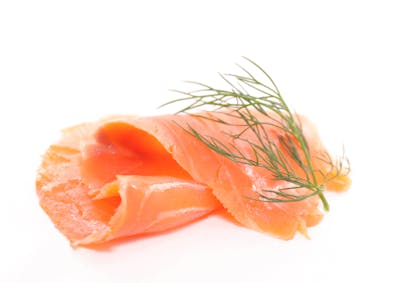

87
18 grams
120
0 grams
14. Tempeh
Pros: low in net carbs, high in fiber
Cons: requires refrigeration and preparation
Tempeh is made from fermented soybeans that are pressed together in a block, which can be sliced like tofu. However, tempeh is firmer and has a lumpier texture than tofu because it contains soybeans that have been split rather than ground soybean curds.
This soy food is prized for its nutty, earthy flavor. You’ll find it in the refrigerated section of most grocery stores, near the tofu. Steam or pan-fry tempeh straight from the package, or apply your favorite marinade or dry rub before cooking.


93
12 grams
120
5 grams
4 grams
15. Tuna, canned
Pros: carb-free, high in protein, no preparation needed
Cons: due to high mercury content, limit to twice a week (once a week if you also eat tuna at meals); not for vegan or vegetarian diets
Tuna is a popular and versatile fish. When canned, it makes a convenient, economical high-satiety snack.
Canned tuna is cooked (like all canned fish), and you can eat it straight from the can or tin. Top it with salt, herbs, or even a little mayo if you don’t like it plain. Adding up to a tablespoon of mayo will keep your satiety score in the low 80s.
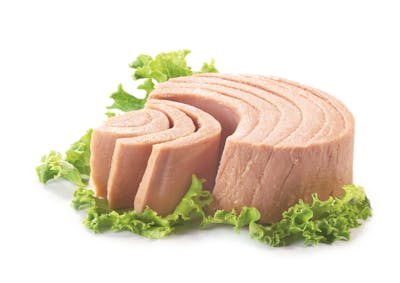

79
18 grams
100
200
0 grams
16. Turkey and cheese roll-ups
Pros: nearly carb-free, minimal preparation needed
Cons: requires refrigeration; not for vegan or vegetarian diets
Deli meat paired with cheese is a quick, tasty snack with minimal carbs. However, many processed meats like salami and bologna don’t provide much protein per calorie. For a healthy weight loss snack, reach for better options like sliced turkey, roast beef, or lean ham.
To make a roll-up, place one slice of cheese on top of a slice of deli meat, roll, and enjoy.
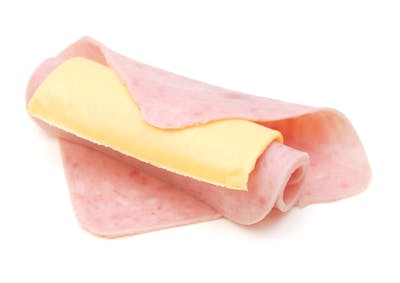

75
14 grams
140
0.5 grams

17. Turkey pepperoni
Pros: carb-free, no preparation needed, no refrigeration needed
Cons: not for vegan and vegetarian diets
Regular pepperoni is a tasty and convenient snack, but its satiety score is only around 40 to 50 due to its low protein percentage and high energy density. For a higher-satiety alternative, go for turkey pepperoni. You’ll get the same zesty flavor as traditional pepperoni with a satiety score above 80. Plus, it’s a compact, portable snack you can take anywhere.
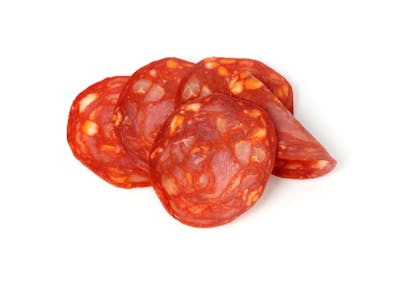

82
14 grams
105
0 grams
Summary
Sometimes, the best snack may be no snack. If you’re not hungry, there’s no need to eat between meals — especially if you want to lose weight.
But if you are hungry and feel as though you need a snack, make sure to choose a high-satiety option that fits your dietary approach and works well with your lifestyle.
In a 12-day randomized crossover study, people were allowed to eat as much as they wanted on a high protein, normal protein, and low protein diet. During the high protein portion of the trial, they consumed 500-550 fewer calories than they did during the normal protein and low protein portion of the trial:
The American Journal of Clinical Nutrition 2013: Protein leverage affects energy intake of high protein diets in humans [randomized trial; moderate evidence]
A systematic review of randomized controlled trials found that higher protein diets tend to promote weight loss, due in part to reducing hunger and increasing satiety:
Journal of the American College of Nutrition 2004: The effects of high protein diets on thermogenesis, satiety and weight loss: a critical review [systematic review of randomized trials; strong evidence]
In short-term trials, women who were overweight and women who were lean ended up eating fewer calories when they were allowed as much food as they wanted at low-energy-density meals compared to high-energy-density meals – even though they reported having similar hunger and fullness levels after all meals:
The American Journal of Clinical Nutrition 1998: Energy density of foods affects energy intake in normal-weight women [randomized trial; moderate evidence]
The American Journal of Clinical Nutrition 2001: Energy density of foods affects energy intake across multiple levels of fat content in lean and obese women [randomized trial; moderate evidence]
In a one-year trial, women who were overweight who cut back on fat and increased the amount of low-energy-density foods in their diet lost more weight than women who simply cut back on fat, even though both groups were allowed to eat as much as they wanted:
The American Journal of Clinical Nutrition 2007: Dietary energy density in the treatment of obesity: a year-long trial comparing 2 weight-loss diets [randomized trial; moderate evidence]
In a small study, people who ate a large portion of spinach at lunch felt significantly full, which researchers attributed in part to the increased fiber in the meal:
International Journal of Food Sciences and Nutrition 1995: Satiety effects of spinach in mixed meals: comparison with other vegetables [non-controlled study; weak evidence]
In a study conducted in an inpatient hospital ward, 20 people ate a non-calorie-restricted, ultra-processed diet and non-calorie-restricted, minimally-processed diet for two weeks each, in random order. The participants ate an average of 500 calories more per day on the ultra-processed diet — entirely from carbohydrates and fats — and gained 2 pounds (0.9 kilos), on average:
Cell Metabolism 2019: Ultra-processed diets cause excess calorie intake and weight gain: An inpatient randomized controlled trial of ad libitum food intake [randomized trial; moderate evidence]
Several studies have found that people lose similar amounts of weight whether they snack or not:
The British Journal of Nutrition 2010: Should snacks be recommended in obesity treatment? A 1-year randomized clinical trial [moderate evidence]
The British Journal of Nutrition 2010: Increased meal frequency does not promote greater weight loss in subjects who were prescribed an 8-week equi-energetic energy-restricted diet [randomized trial; moderate evidence]
However, in one study, eating two times a day was found to be more effective for losing weight than eating six times a day:
Diabetologia 2014: Eating two larger meals a day (breakfast and lunch) is more effective than six smaller meals in a reduced-energy regimen for patients with type 2 diabetes: a randomised crossover study [moderate evidence]
In other studies, eating protein-based snacks seemed to provide a weight loss edge:
The Journal of Nutrition 2015: Consuming high protein soy snacks affects appetite control, satiety, and diet quality in young people and influences select aspects of mood and cognition [randomized trial; moderate evidence]
The American Journal of Clinical Nutrition 2014: Snacks containing whey protein and polydextrose induce a sustained reduction in daily energy intake over 2 wk under free-living conditions [randomized trial; moderate evidence]
Nutrition Journal 2011: Chronologically scheduled snacking with high protein products within the habitual diet in type-2 diabetes patients leads to a fat mass loss: a longitudinal study [non-randomized study; weak evidence]
British Journal of Health Psychology 2012: The power of habits: unhealthy snacking behaviour is primarily predicted by habit strength [prospective cohort study; very weak evidence]
One review of 21 trials found that people who included beans, lentils, and other legumes in their diet lost a small amount of weight without deliberately restricting calories:
The American Journal of Clinical Nutrition 2014: Effects of dietary pulse consumption on body weight: a systematic review and meta-analysis of randomized controlled trials [strong evidence]
Soy provides all nine essential amino acids in amounts comparable to the milk proteins casein and whey. Your body also digests and absorbs soy protein efficiently:
Nutrients 2020: Plant proteins: Assessing their nutritional quality and effects on health and physical function [review article; ungraded]
Nutrients 2019: Soy products ameliorate obesity-related anthropometric indicators in overweight or obese Asian and non-menopausal women: a meta-analysis of randomized controlled trials [strong evidence]
Nutrients 2017: Consuming two eggs per day, as compared to an oatmeal breakfast, decreases plasma ghrelin while maintaining the LDL/HDL ratio [randomized trial; moderate evidence]
International Journal of Food Sciences and Nutrition 2011: The effects of consuming eggs for lunch on satiety and subsequent food intake [randomized trial; moderate evidence]
The Journal of Nutrition 2011: Increased consumption of dairy foods and protein during diet- and exercise-induced weight loss promotes fat mass loss and lean mass gain in overweight and obese premenopausal women [randomized trial; moderate evidence]
Obesity Research 2004: Calcium and dairy acceleration of weight and fat loss during energy restriction in obese adults [randomized trial; moderate evidence]
British Journal of Nutrition 2012: Dietary inclusion of salmon, herring and pompano as oily fish reduces CVD risk markers in dyslipidemic middle-aged and elderly Chinese women [randomized trial; moderate evidence]




